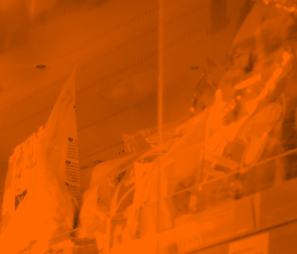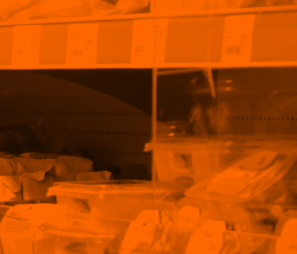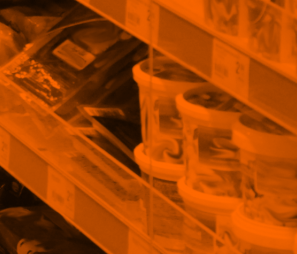In this article, Tristan Pulford takes a look at the Dangerous Substances and Explosive Atmosphere Regulations (DSEAR), and why flour must be considered under the regs.
Bakeries use a variety of substances but one of the core substances that is used throughout is flour. Depending on your supplier the Material Safety Data Sheet (MSDS) may say that the substance is potentially explosive, or it may be more cryptic by saying that it “May form combustible dust concentrations in air”. Any potentially flammable dust, fluid or gas falls under the Dangerous Substances and Explosive Atmosphere Regulations (DSEAR) Regulations, and as such Flour must be considered under the DSEAR.
This means there is a legal obligation to:
- Create a hazardous area classification designating any potentially explosive atmospheres.
- Install the appropriate ATEX rated equipment into those areas.
- Ensure that anyone working in the vicinity is trained and informed about the hazardous areas.
- Ensure that maintenance is carried about by an ATEX competent person which is usually evidenced by a recognised training scheme, such as CompEX.
- Ensure that Safe Operating Procedures (SOPs) and Risk Assessments (RA) are updated and highlight the hazards associated with the potentially explosive substances.
- Store all of the above in risk assessment document often referred to as an Explosion Protection Document (EPD).
Before we look into these sections in more detail, a step back is required as the hierarchy of control as it applies to DSEAR must be considered.
There is a responsibility placed on the User to first look at the substances used and whether it is required or whether an alternative can be used.
In the case of Bakeries, flour is a required as part of the process and there is no alternative that reduces the potential for explosion. The next step is to control the quantity stored on site, which requires a process analysis. These steps are frequently missed as part of DSEAR, or they are not documented. This documentation may be brief, but it is a requirement of the Management of Health and Safety at Work Regulations.
The next step in the hierarchy is to reduce releases, which is done by reducing the use of flexibles, and any open sections of the system, or by adding LEV at small bag hoppers where possible. If there is a release DSEAR requires you to put in appropriately rated equipment (known as ATEX rated equipment) within the areas where a release is potentially expected. Lastly you provide information and training to anyone who will work in the area.
Manufacturing & Engineering Magazine | The Home of Manufacturing Industry News















